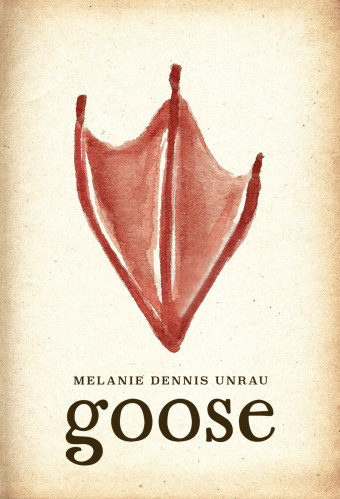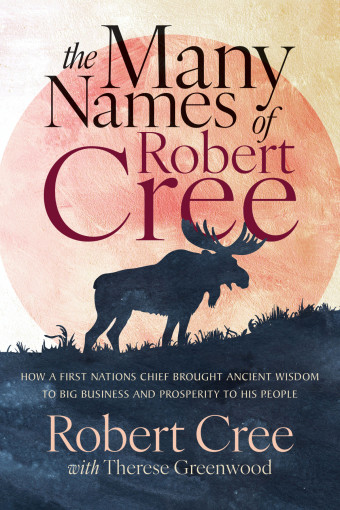Maintaining the Michif language is important to Winnipeg-based Métis author and musician Edgar Danny Desjarlais. “I was never given the opportunity to retain the language. I spent my formative years in the city, speaking English as my first language. When you don’t use it, you lose it,” he says.

- We Like the Winter/On l’aime liverre
- Edgar Danny Desjarlais
- Pemmican Publications
- $10.95 Paperback, 24 pages
- ISBN: 978-19-26506-09-8
The follow-up to his picture book I Don’t Like Bugs! / J’aime paa lii biibiits! is We Like the Winter / On l’aime liiverre, which, like the first book, gives readers the opportunity to use the Michif language alongside an English translation. It brings back the irrepressible young girl and boy, and their dog, to celebrate a season many of us would prefer to spend under a blanket indoors.
“Similar to the dislike I have of bugs in I Don’t Like Bugs!, I do share the characters’ love of winter,” Desjarlais says.
The story opens with a cozy indoor scene, but by the second spread, readers see that the fun and magic happens outside in the snow. Illustrator Kimberly McKay paints winter as a cheerful, lively season with bright colours and a touch of whimsy. She says her favourite scene to create was of the children making snow angels – for its perspective and simplicity – but she sees the illustrations serving another purpose as well.
“I am hoping that this book will inspire young people to get outdoors with their friends in winter and have fun, rather than staying indoors playing videos games and watching TV,” she says.
Michif translator William Sanderson also hopes that children will take something from the story. “It is a pleasure to put down the Michif language in a written format for children,” he says, and he hopes that they will learn some new words in the process.

On each spread, English and Michif translations appear together, giving the reader the choice of which language to use. The activities featured will also be familiar to many Canadians. Staples such as tobogganing, playing hockey, and drinking hot chocolate all make an appearance.
According to Sanderson, Michif is deeply influenced by its Manitoba roots, representing a mixture of 17th-century French, Ojibwe, and Cree. As a result, it is a language “very, very rich in nouns and expressive words” related to winter, snow, and activities of the season.
However, not all concepts and activities are easy to translate. For example, Desjarlais’s original manuscript featured a passage about skiing, but there’s “no such thing in the Michif language because it wasn’t really taking place in Michif culture” when the language was born, says Sanderson. Another activity was chosen to replace it.
This is Desjarlais’s second book with Sanderson and McKay. He has also written and published a novel for young adults, but he finds the writing process for picture books “less stressful and less time-consuming,” while nevertheless important.
“Everything I do, such as my stories and my music, I see as a legacy I’m leaving behind,” he says, “not only for my grandchildren, but for the next generation.”













